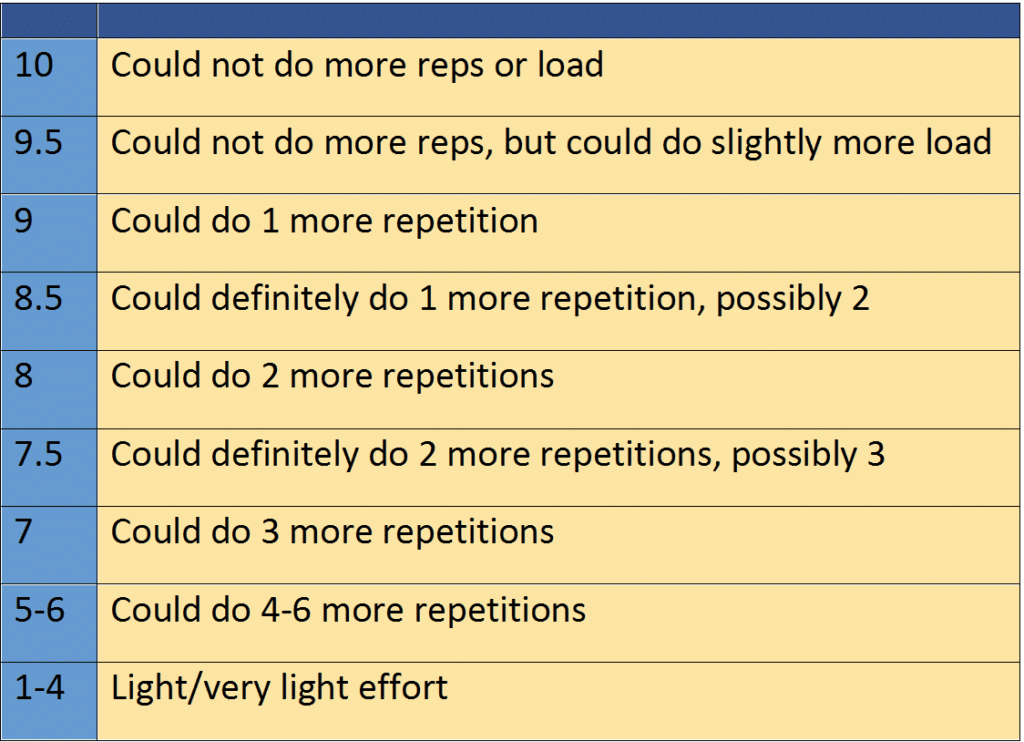
When it comes to training, there are three major components to consider: volume, frequency, and intensity (definitions to follow). And to understand the idea of balancing these elements, I like to use the analogy of a sound technician adjusting the balance of the various instruments in a band. The key to achieving the optimal sound quality is not to turn the volume knobs all the way up on each instrument, but rather, there are times when the guitar needs to be louder than the bass, or the drums may need to soften in order to better hear the piano.
Similarly, the key to managing your training, particularly as it relates to fatigue, is to understand how to balance volume, frequency, and intensity. Setting the level to “high” in all three categories will lead to burnout and/or injury, both of which will negatively impact the quality of life that our training program should be designed to support.
With that as a backdrop, let’s talk about each component.
Volume: The total amount of mechanical work performed in a rep, set, workout, week or any other measurement of training time.
If I do a workout that has 3 sets of 10 reps for 6 different exercises, then my total volume for that workout is 180 reps. If I train hamstrings 2x in a week, and each workout I do 2 exercises for 4 sets of 8-10 reps, then my weekly volume for hamstring work is 64-80 reps.
Some calculations of volume include weight. For example, 3 sets of 10 reps at 100 lbs. would be calculated as 3,000 lbs. of volume. However, for most people, it’s easier to think of volume in terms of sets and reps, with weight loads being factored into the “intensity” category.
Frequency: A way to spread training across a week to best fit your schedule and needs. The purpose is to avoid doing too much or too little training in any given session.
When thinking about frequency, the conversation can center around one of two factors: results and schedule.
If you take a “results first” approach to your training frequency, you will want to factor for things like repetition and recovery. A higher frequency for specific exercises can lead to improvement in the skill/movement pattern due to repetition. It’s simple, if you squat 3x/week, you will likely become better at squatting than if you only squat 1x/week. But there’s also the concept of recovery. In some cases, a higher frequency, in which you spread the workload across the week can allow for better recovery between sessions, compared to condensing all the work into 2 weekly sessions.
If you take a “schedule first” approach, then the frequency of your training sessions may already be dictated, in which case you have to determine the frequency with which you train specific exercises/body parts. You also may need to make those workouts longer/higher volume.
As you can see, I’m already starting to point out this concept of balance. Generally speaking, frequency and volume toggle.
Intensity: The amount of weight lifted relative to a 1 Rep Max scale. It can also be determined based on a “Rate of Perceived Exertion” (RPE) scale.
Another way to describe intensity is simply weight load for an exercise. If the most weight you can lift for a bench press is 100 lbs., then doing a set of bench press at 85 lbs. represents an 85% intensity. However, most people do not know their true 1 Rep Max weight load for every exercise, and to calculate those would be massively inefficient and potentially dangerous. So for most people, it’s better to base intensity off of RPE, for which you can use this scale:
RPE SCALE

Conclusion:
Unfortunately, there is no “one-size-fits-all" approach to balancing volume, frequency, and intensity. Additionally, this balance is dynamic and ought to be changed on a regular basis due to changes in your goals, attempts to break through plateaus, and non-training related changes of circumstance (sleep, stress, schedule, etc.). This is part of the work we do at Stark with each of our clients. Every 6 weeks we evaluate the results of the current training program, evaluate any non-training related factors for the next 6 weeks, and adjust the volume/frequency/intensity appropriately to ensure optimal results.
But for those of you that manage your own training, I’ll use general guidelines that stem from Newton’s Third Law: for every action, there is an equal and opposite reaction. In other words, for volume to go up, frequency and/or intensity must come down. When training with greater weight loads (aka “high intensity”) a consideration should be made as to the appropriate volume and frequency. And whether you train 2x/week or 6x/week should impact the intensity and volume for each individual training session.

3 Tips to Staying on Track Over the Holidays
With special events, parties, family gatherings, and travel plans, the holidays can throw off your regular routines and make it especially...


.png?width=70&height=70&name=Stark_LogoMark%20(1).png)
 Stark
Stark
